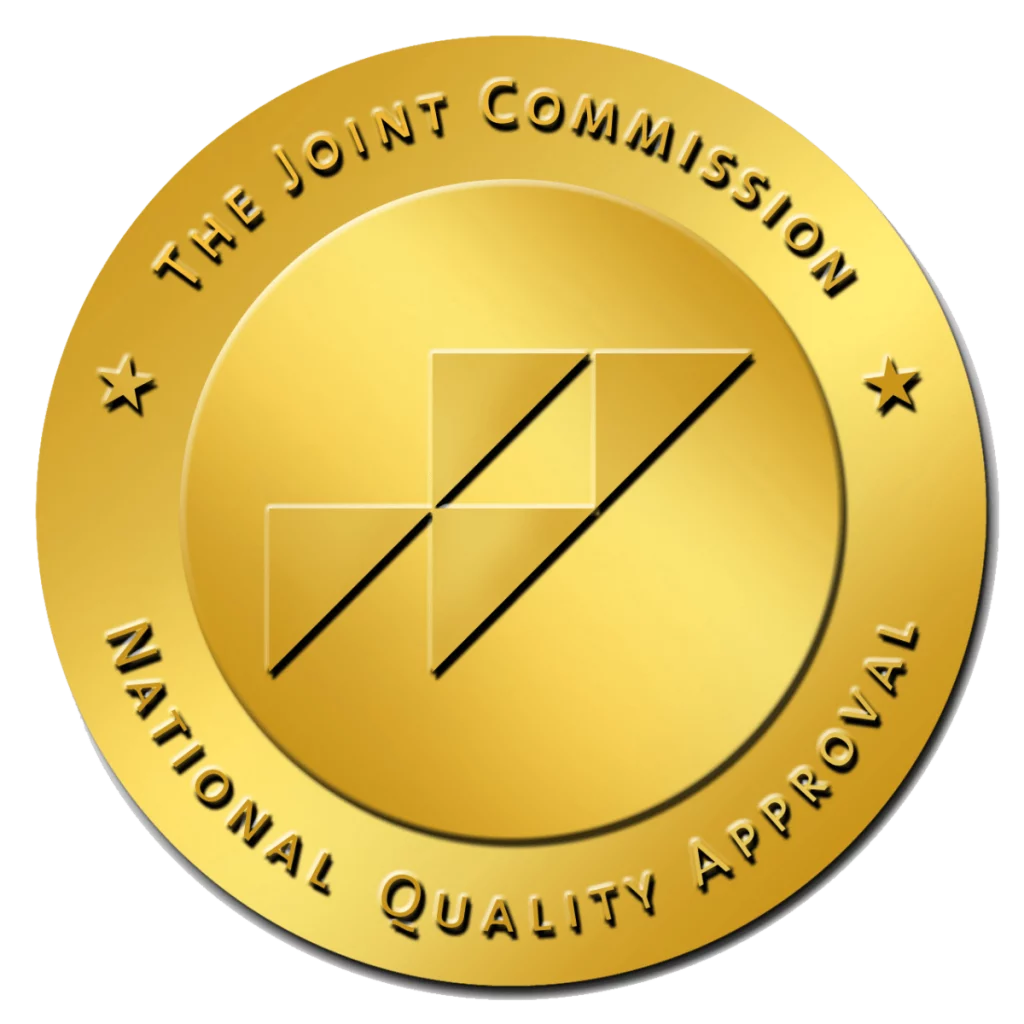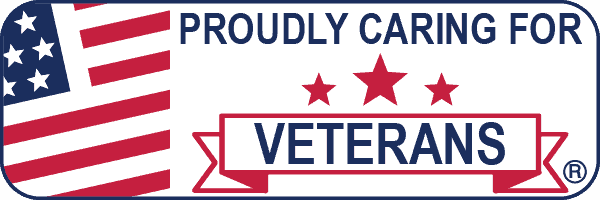Codependent relationships used to be discussed only in terms of alcohol and drug addiction.
Now we know that codependency not only facilitates substance addictions: it is itself an addiction.
What is codependency?
Codependency is an unhealthy level of reliance of one person upon another, where one person in the relationship is the giver (or helper) and another the taker (or receiver). Codependency can stunt the receiver’s ability to care for herself in an age-appropriate manner without the assistance of the helper.
How does codependency become a pattern?
Although it may seem that the taker gets the better end of the deal, codependent relationships are symbiotic (beneficial for both the giver and the taker).
The helper invests a large part of themselves and their identity in helping the receiver. The helper may derive their self-esteem from the act of helping and get positive reinforcement from the receiver as well as their community for their enabling behaviors. To cut off the receiver from help might feel to the helper as if she were letting the receiver down.
Meanwhile, because the receiver now relies on the helper, she may no longer believe herself capable of living without this level of assistance. The helper has not merely performed an excess of tasks for the receiver but also convinced the receiver that these tasks are beyond her own capability.
These dynamics can make codependent relationships can even more difficult to break.
What does codependency mean for addiction?
When the receiver in the relationship is addicted to drugs or alcohol, the helper’s behaviors enable the addiction. By attending to tasks the receiver should be able to address on her own, the helper prevents the receiver from realizing that she has a problem and seeking recovery. The helper also unknowingly undermines the receiver’s belief that she can take care of herself and deserves recovery.
How do you break the pattern?
Breaking the pattern of codependency is easy in theory but can feel impossible in practice. The key is to establish clear boundaries of what a helper will and will not do and what a receiver will and will not take.
This does not mean, as it was once thought, that a person with an addiction needs to be completely cut off from family and friends—this actually hurts her chances for recovery—but the stability of rules and what is and is not acceptable can be a tremendous boon to the recovery process.
What boundaries should I set?
Good boundaries for a helper will be personal but could look something like the following:
- I will not give what the other person can do for herself.
- I will not go against my own moral or ethical standards to help.
- I will not help when agreeing to do so will put an unreasonable burden on my time, money, or emotional resources or those of my family.
And believe it or not, the receiver can cut herself off if she feels that the relationship is unhealthy just as effectively the helper can. In fact, this can be a vital part of the process for a receiver already in addiction recovery. For the purpose of this exercise, the receiver can take the previous boundaries and reverse them. For example, “I will not take what I can do for myself.”
What should I keep in mind?
People rarely respect boundaries right away. With a codependent relationship, this can be even trickier because the other person may feel threatened by these boundaries and because they need the relationship to continue as it always has. Try not to get frustrated by this; communicate your boundaries often and with kindness and consistency.
Maintain compassion for yourself as much as possible. Backtracking on codependent relationships is difficult and can easily turn to self-blame. Know that you are doing everything you can and that many unseen personal and familial factors can lead to codependent relationships. You are doing the best you can and with enough effort and endurance, you will build a healthier relationship with your loved one.
Learn more about programs offered at Canyon Vista Recovery Center. Contact us at (888) 979-1840
Sources
- psychologytoday.com/blog/presence-mind/201307/are-you-in-codependent-relationship
- psychologytoday.com/blog/presence-mind/201402/codependent-and-unhealthy-helping-mindtraps
- psychologytoday.com/blog/presence-mind/201411/12-signs-youre-giving-too-much
- psychologytoday.com/blog/presence-mind/201508/4-ways-set-boundaries
- psychologytoday.com/blog/presence-mind/201309/personality-and-relationships-made-in-codependence-hell
- psychologytoday.com/blog/presence-mind/201406/does-codependence-run-in-your-family










